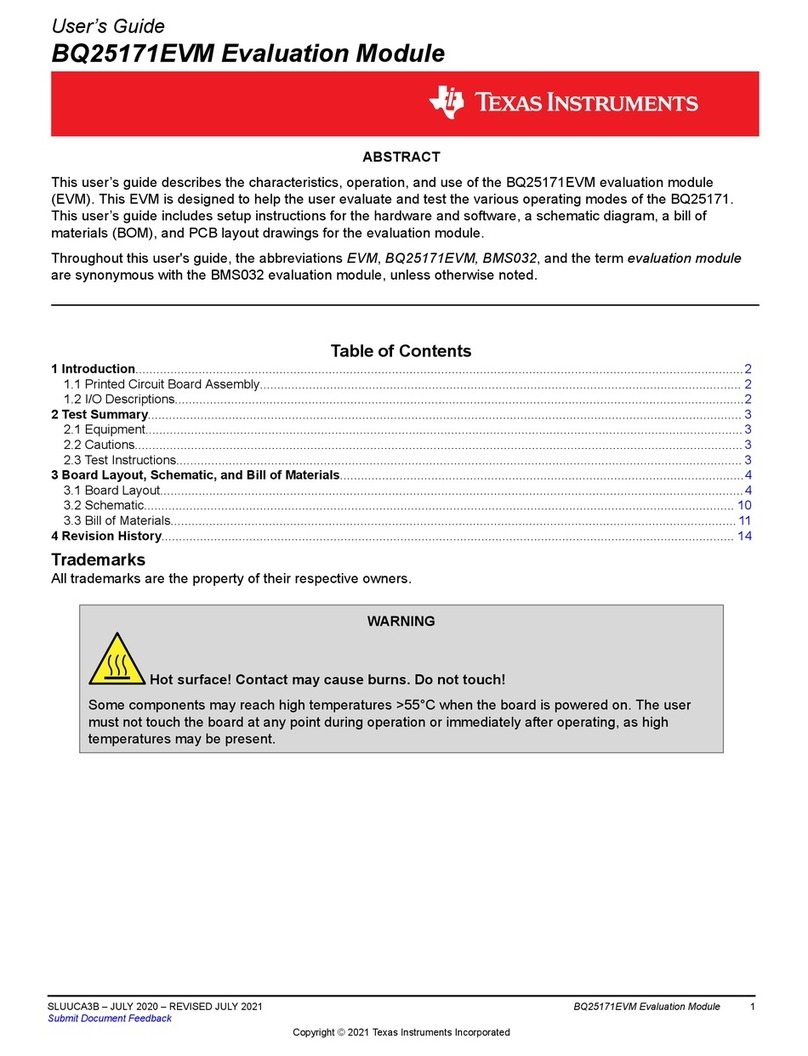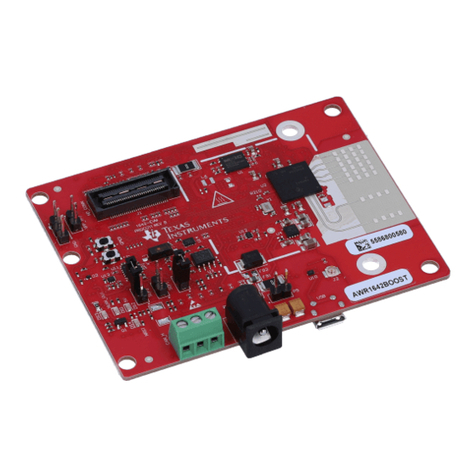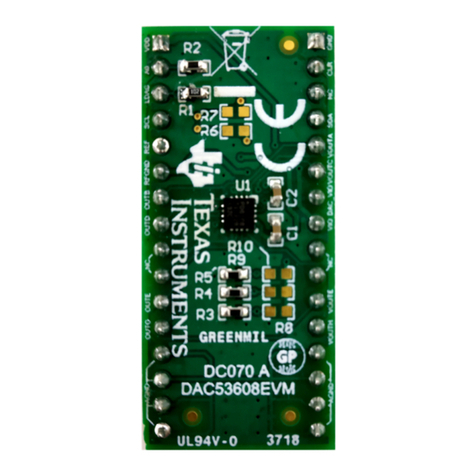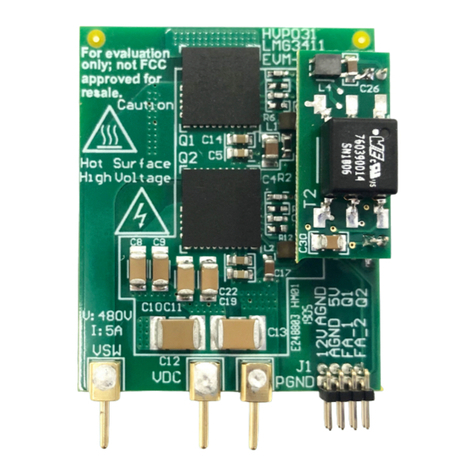Texas Instruments TAS6424-Q1 User manual
Other Texas Instruments Motherboard manuals
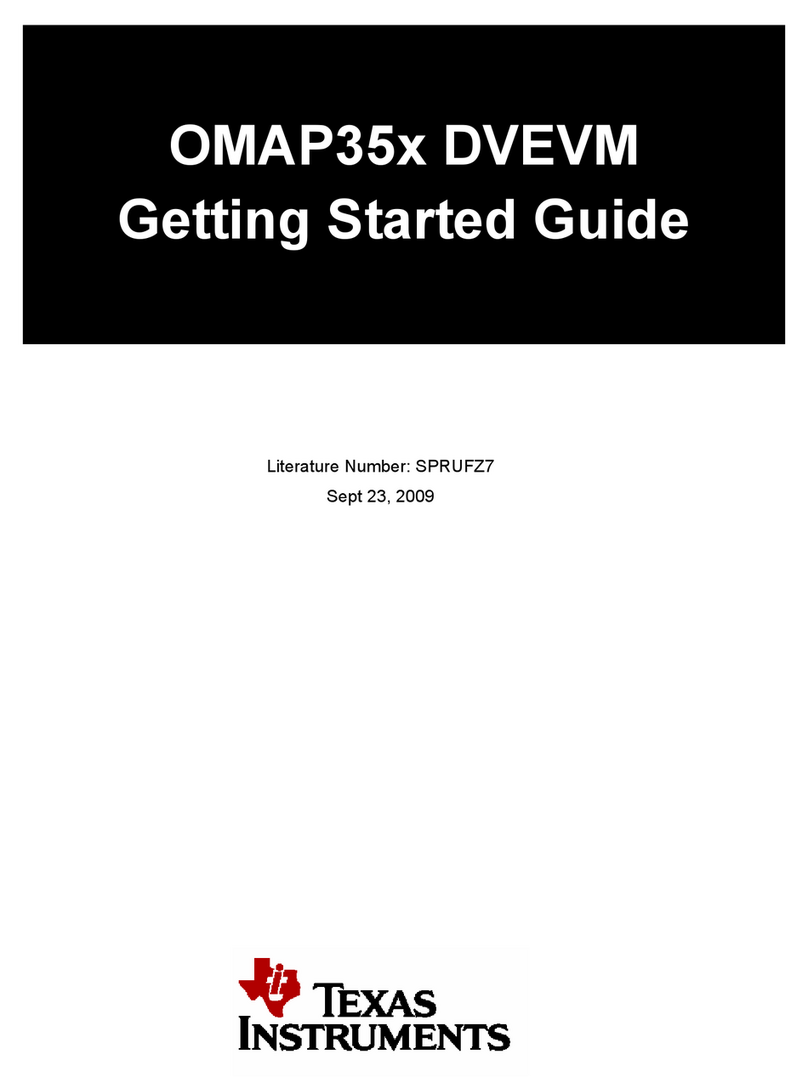
Texas Instruments
Texas Instruments OMAP35 Series User manual
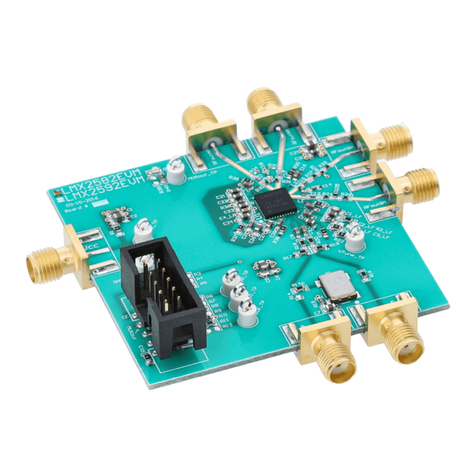
Texas Instruments
Texas Instruments LMX2582EVM User manual
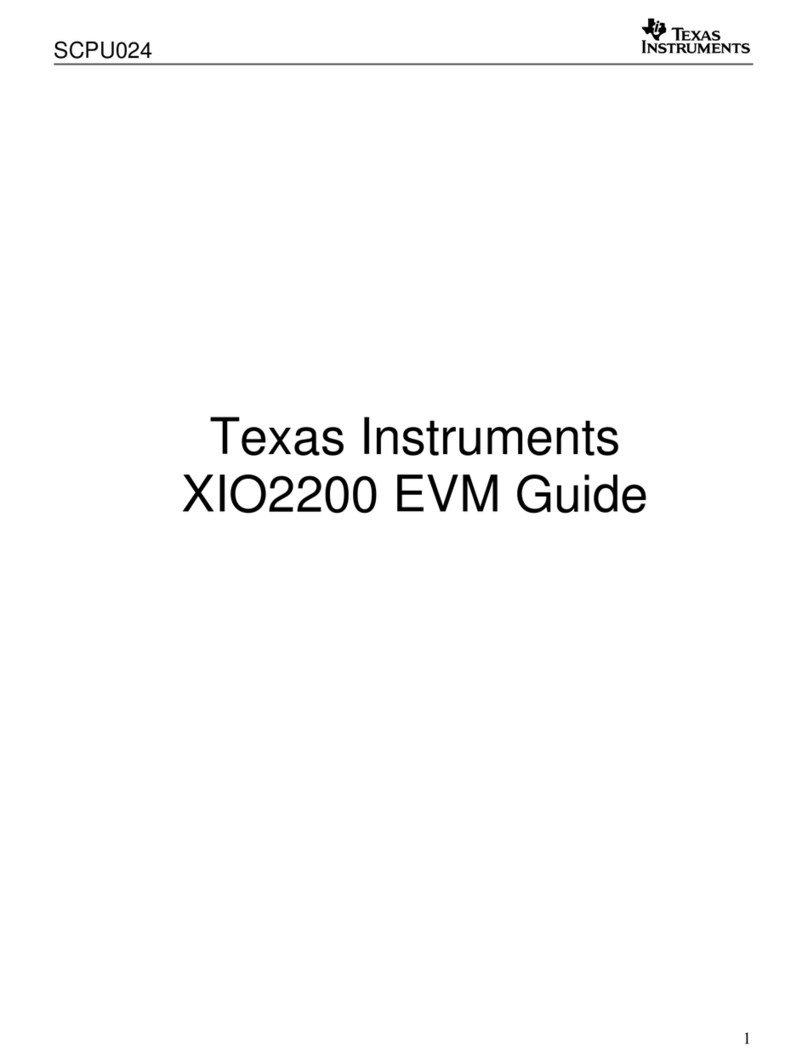
Texas Instruments
Texas Instruments XIO2200 User manual
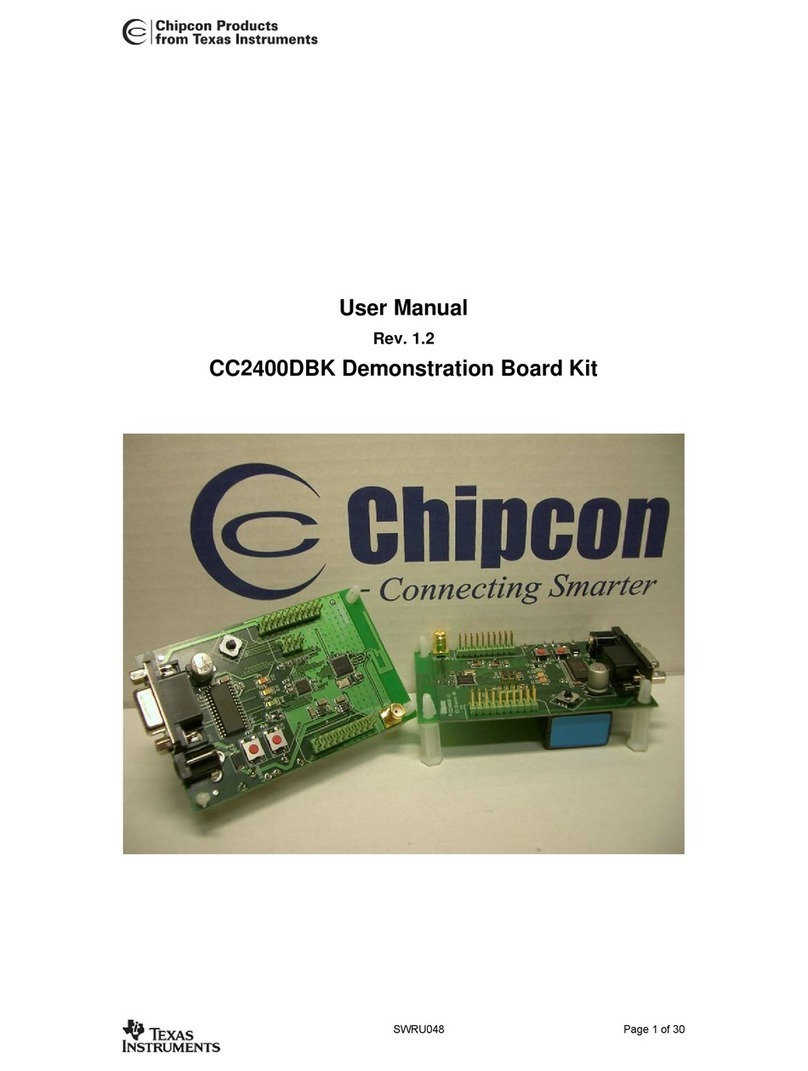
Texas Instruments
Texas Instruments Chipcon CC2400DBK User manual
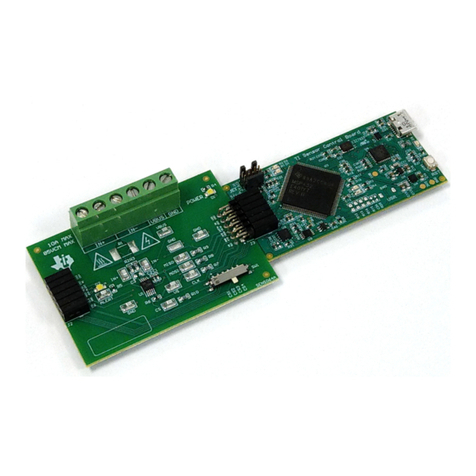
Texas Instruments
Texas Instruments INA228 User manual
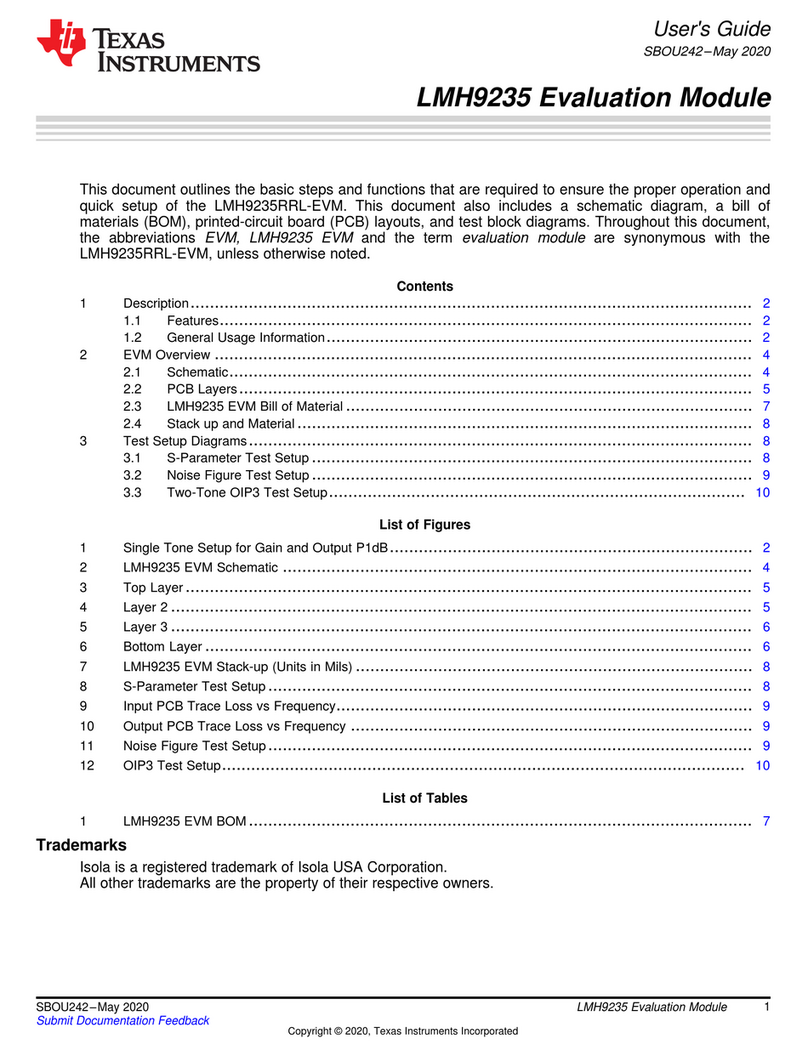
Texas Instruments
Texas Instruments LMH9235 User manual
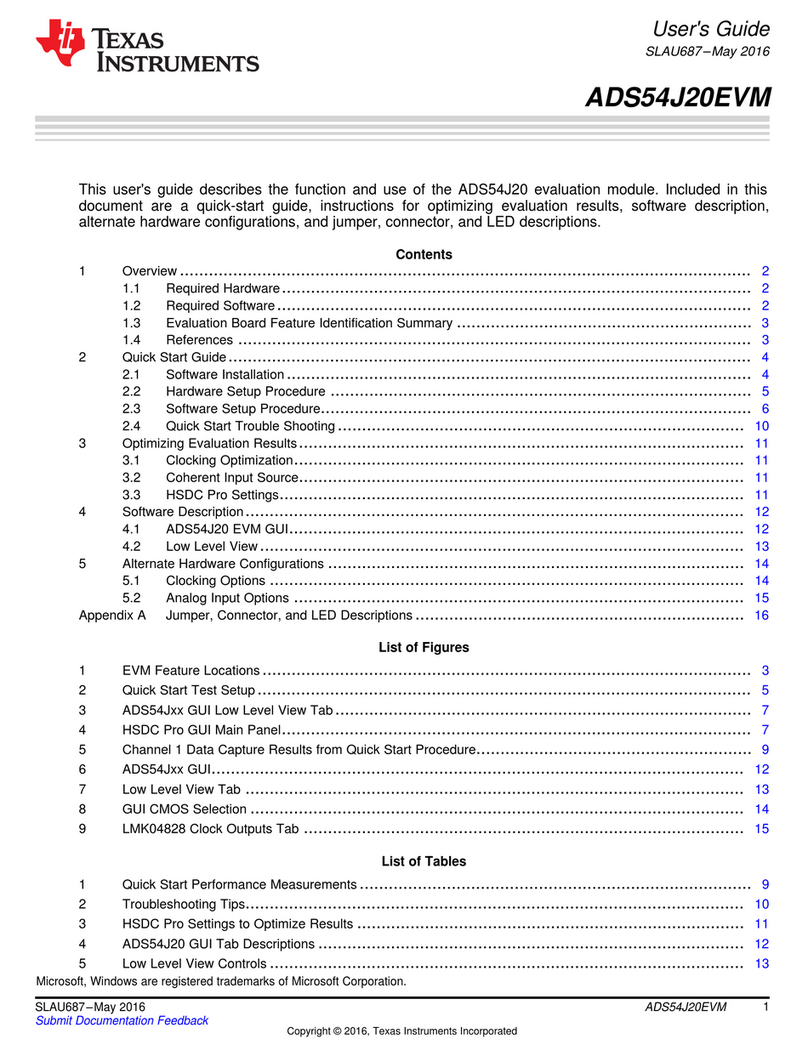
Texas Instruments
Texas Instruments ADS54J20EVM User manual
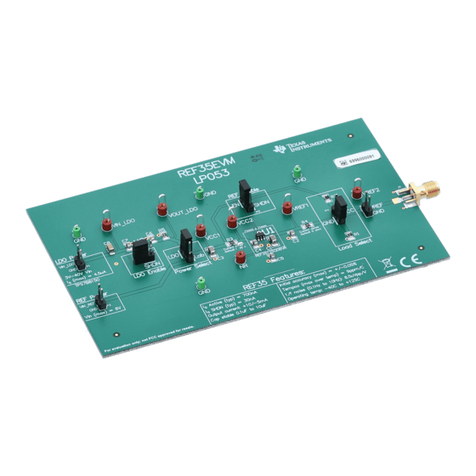
Texas Instruments
Texas Instruments REF35EVM User manual
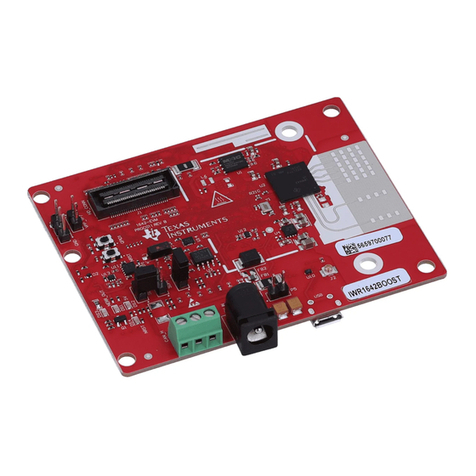
Texas Instruments
Texas Instruments BoosterPack IWR1642BOOST User manual
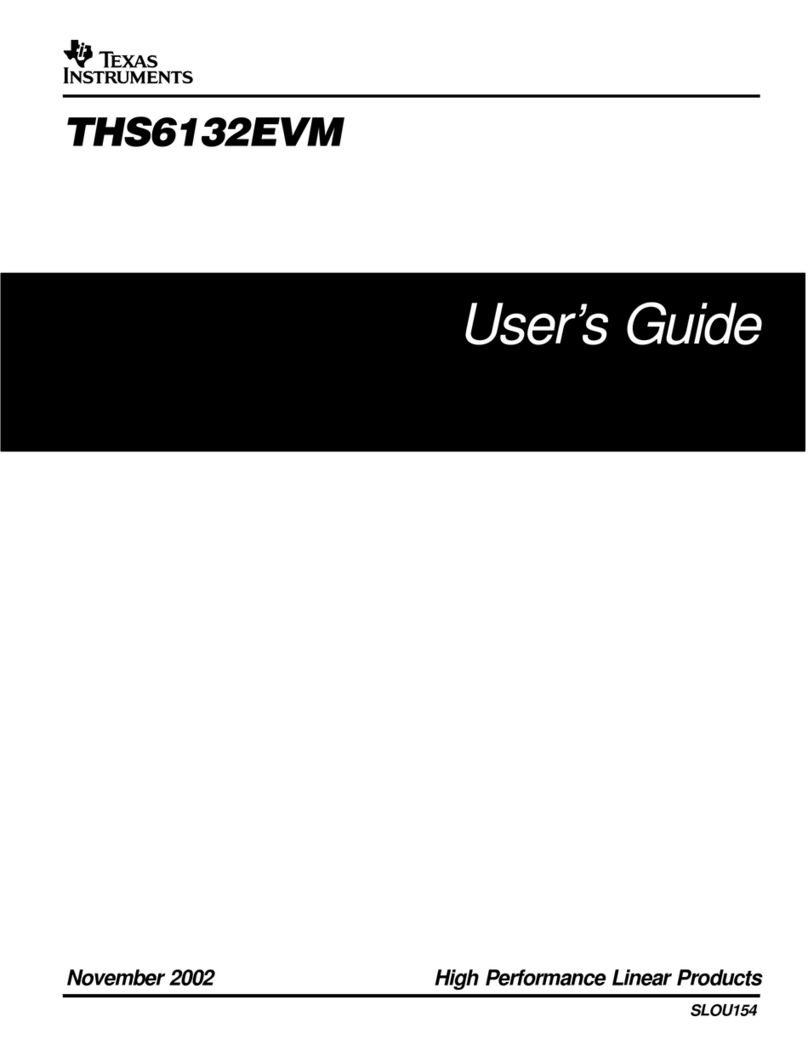
Texas Instruments
Texas Instruments THS6132EVM User manual
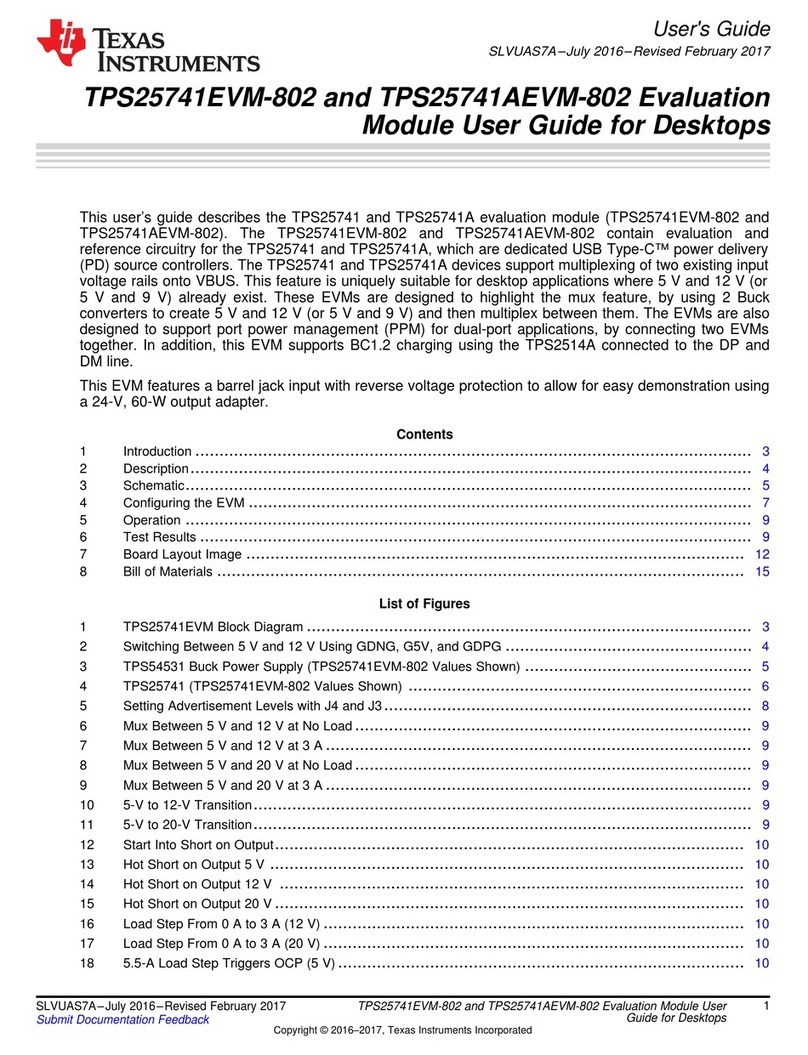
Texas Instruments
Texas Instruments TPS25741EVM-802 User manual

Texas Instruments
Texas Instruments UCC14131EVM-070 User manual
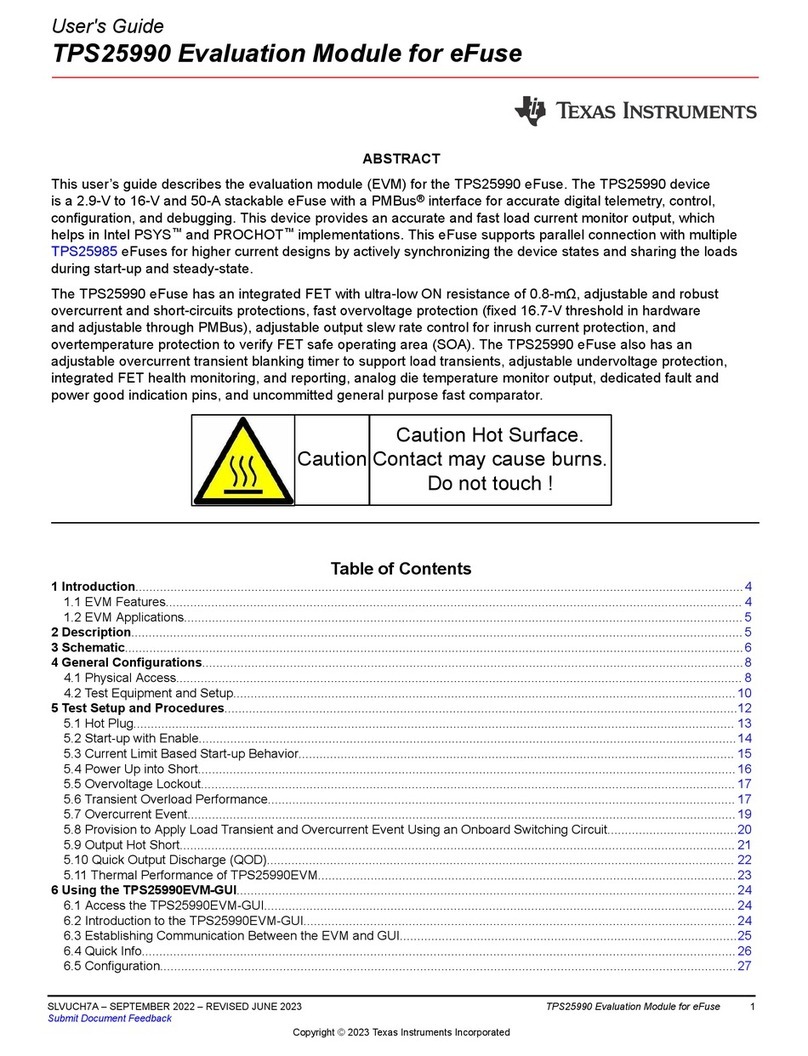
Texas Instruments
Texas Instruments TPS25990 User manual
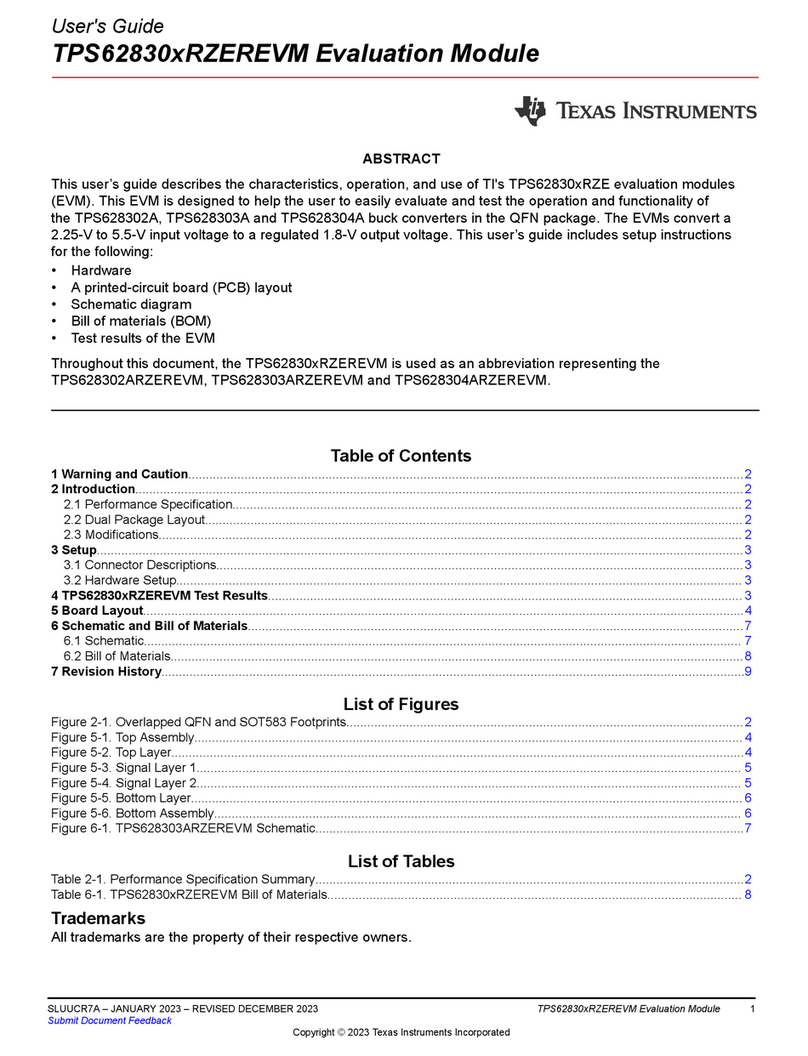
Texas Instruments
Texas Instruments TPS62830xRZEREVM User manual
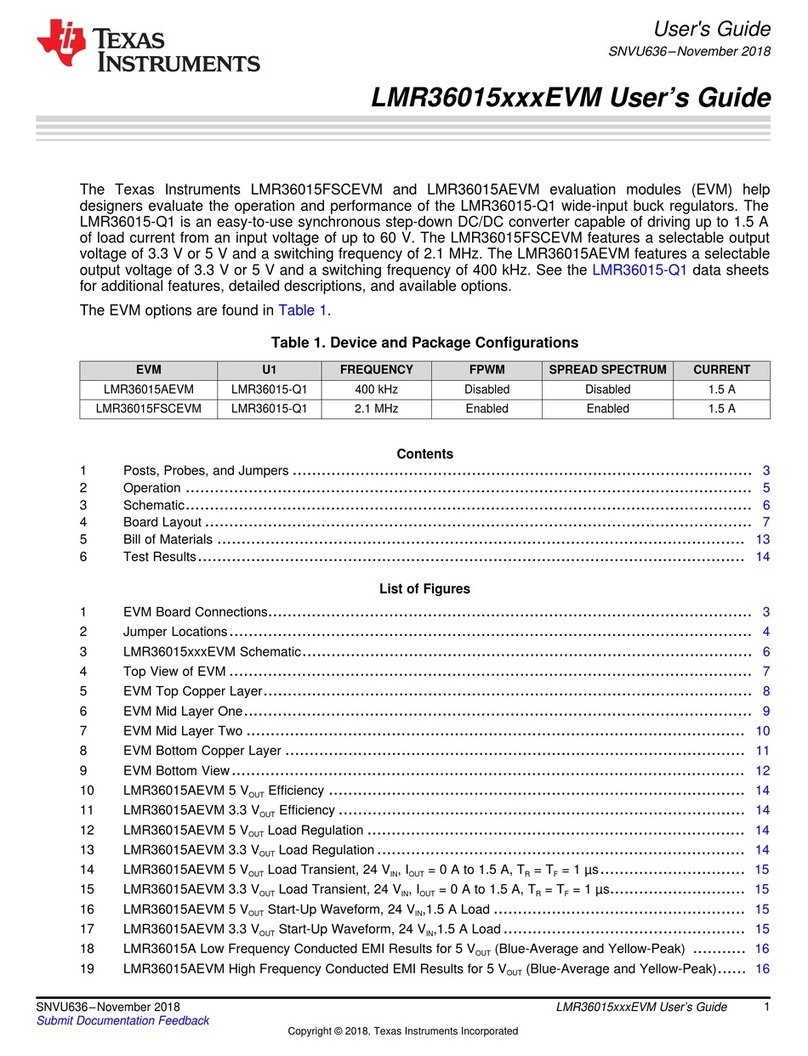
Texas Instruments
Texas Instruments LMR36015FSCEVM User manual
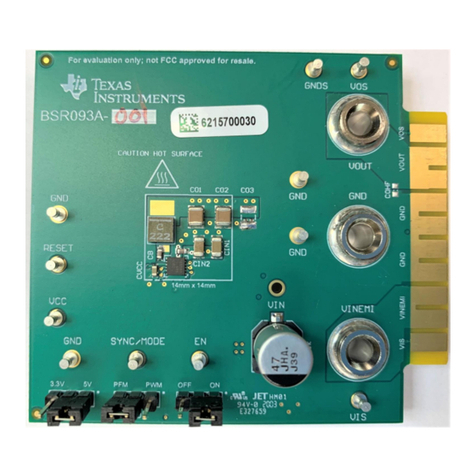
Texas Instruments
Texas Instruments LM63625QDRREVM User manual
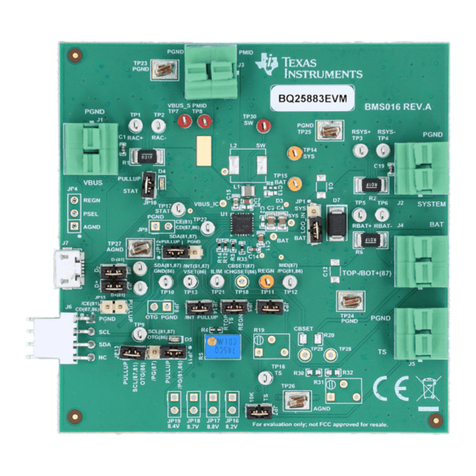
Texas Instruments
Texas Instruments BQ25883 User manual
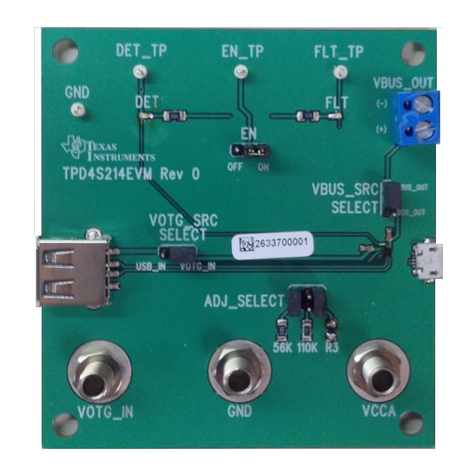
Texas Instruments
Texas Instruments TPD4S214EVM User manual
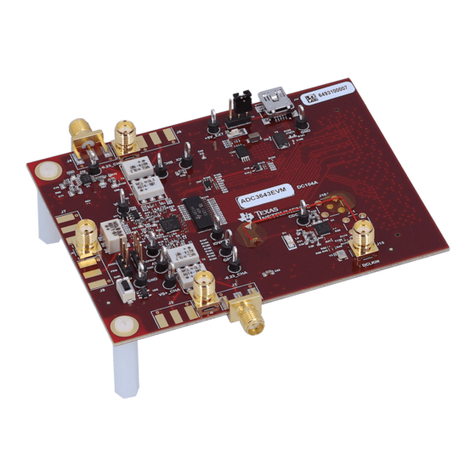
Texas Instruments
Texas Instruments ADC364 EVM Series User manual

Texas Instruments
Texas Instruments LP38798EVM User manual
